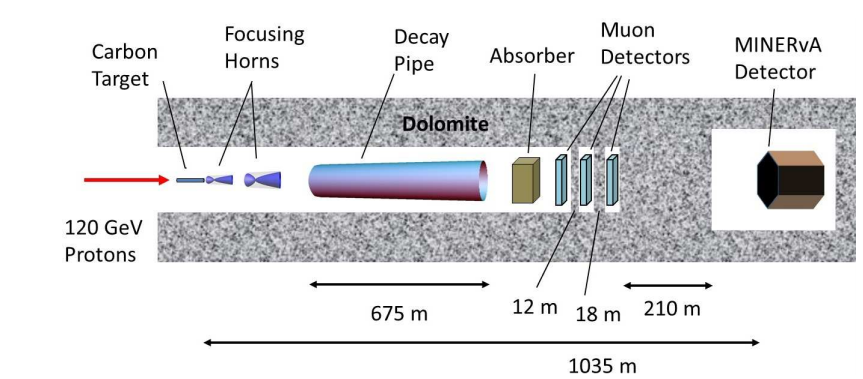Fundamental science sometimes seems so disconnected from everyday reality that one wants to be inspired, at least, by the scale of its problems or the spectacularity of experiments and installations. The study of neutrinos is a typical example of such a scientific discipline, which is associated with absolute fundamentalness and at the same time grandeur .
A bit of history
NeutrinoIs the collective name for a group of the lightest elementary particles related to fermions. The existence of neutrinos was predicted by Wolfgang Pauli in 1930, and experimentally confirmed in 1956 by Clyde Cowen and Frederick Reines. At the same time Pauli only informally, in the form of a pure hypothesis, suggested that “there is a possibility that there are electrically neutral particles in nuclei, which I will call“ neutrons ”and which have spin ½. The mass of a "neutron" in order of magnitude should be comparable to the mass of an electron, and in any case not more than 0.01 of the mass of a proton. " Thus he tried to explain the observed nature of beta decay. He called such an undiscovered particle a "neutron". Only two years later, in 1932, James Chadwick discovered in an atom a large elementary particle, comparable in mass to a proton, and named it a "neutron"and the elusive Pauli fermion was later named "neutrino" (neutron) from the light hand of Enrico Fermi.
Since then, neutrinos have been surrounded by a halo of mystery due to their amazing properties. They have seriously and permanently settled in science fiction - for example, Kelvin, the protagonist of Solaris, suggests that it was from neutrinos that the intelligent ocean formed its phantoms, including the phantom of Hari, Kelvin's beloved. Let me briefly recall the main unique and paradoxical aspects of neutrinos:
For a long time, there was a discussion about whether neutrinos have mass. If these particles have mass, they don't fit into the Standard Model of particle physics. Accordingly, this means that physics is not limited to the Standard Model, and beyond the Standard Model there is also a New Physics, the study of which will begin with neutrinos. Today it is known that neutrinos have a nonzero mass, about six million times less than that of an electron.
– , . , « » , , . , , , , , , .
, — . , , , , – , , .
. 2014-2015 « -», , 2015 , « ». , , , , « », . , , , . , , . , ( ). , :
BAIKAL-GVD. (2.02.2020). @DNLP , . . , , , . , «».
« : , » (24.09.2019). – @Bars21. #3 .
« , : , » (11.03.2020) @Dmytro_Kikot, .
« » (15.07.2018) – @SLY_G. , , (Super-Kamiokande, Hyper-Kamiokande) -, , – .
, , . , , , . , .
, . , , .
2010 , , . . , , , . « »; , , «» , « » (muon storage) 100 /.
, , , , . , , . , . 2016 Pirelli , 2000- , . , , . , , . ,
, 2012 . () – , «neutrino». NuMI MINERvA. . 1 :

, proof-of-concept ( ), 10 , , . , .
. ( — ) , 10 , . ..-.. , . () . , , -239. , , , , . , , . 2010 , , , . , , .
— , . , , , . «» , , , . . , , 2015 . , , , . , , . , , .
I hope I got a truly down-to-earth story about the study of neutrinos in the 21st century, and readers are convinced that these amazing particles are important not only in cosmology and theoretical physics. If you know of any other attempts at practical application of neutrinos and technologies based on them - let's talk about it in the comments.